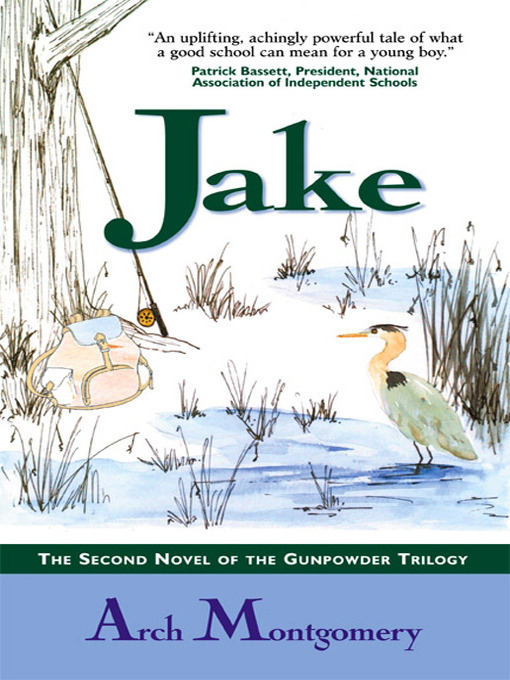Jake takes place during one of the single most powerfully shaping times in a person's life—secondary education. Through the metaphor of the utopian and fictitious St. Stephen's Episcopal School, author Arch Montgomery shows us how our humanity can only be fully realized through other humans. The book depicts three deaths and one near-fatal disease while simultaneously tracking the rebirth of Jake, the titular and main character. He moves from a transparent "only-good-as-I-have-to-be" mentality to a lifestyle of excellence and three-dimensionality with the help of his school, which is personified through the characters of Mary White, rector; George Meader, teacher; and Joel Kohn, student.
Jake presents both Montgomery's view of public school systems (which Jake, without a drop of nostalgia, refers to as "out in the county") and his view of an ideal school, which, in this case, comes in the form of an independent school, though the tenets that make it so admirable could be applied to almost any school—public, independent, parochial, or otherwise. Mixing real-world models with an informed idealism, Montgomery creates St. Stephen's in order to demonstrate the most positive influence a school can have on one person.
On the flipside of that coin, however, remain numerous questions about what kind of negative effects sub-par schools can have on their students. While St. Stephen's gives its students a three-dimensional education—mind (academics), body (athletics), and spirit (chapel and community service)—do public schools scratch the surface of even just one dimension? While Mary White, the head of St. Stephen's, plays roles as varied as disciplinarian, spiritual leader, and friend, in what light do most public school students view their own principals? While the educational events of the highest consequence happen to Jake outside the classroom, how many public school students interact with their classmates, teachers, or administration beyond a school setting?
On a continuum of education quality—satisfactory, good, great, excellent, ideal—where does St. Stephen's fall? Where does the school you went to, or your children go to, fall? These and many other questions arise in Jake, and beg to be discussed, because once problems are recognized, they can begin to get solved.
